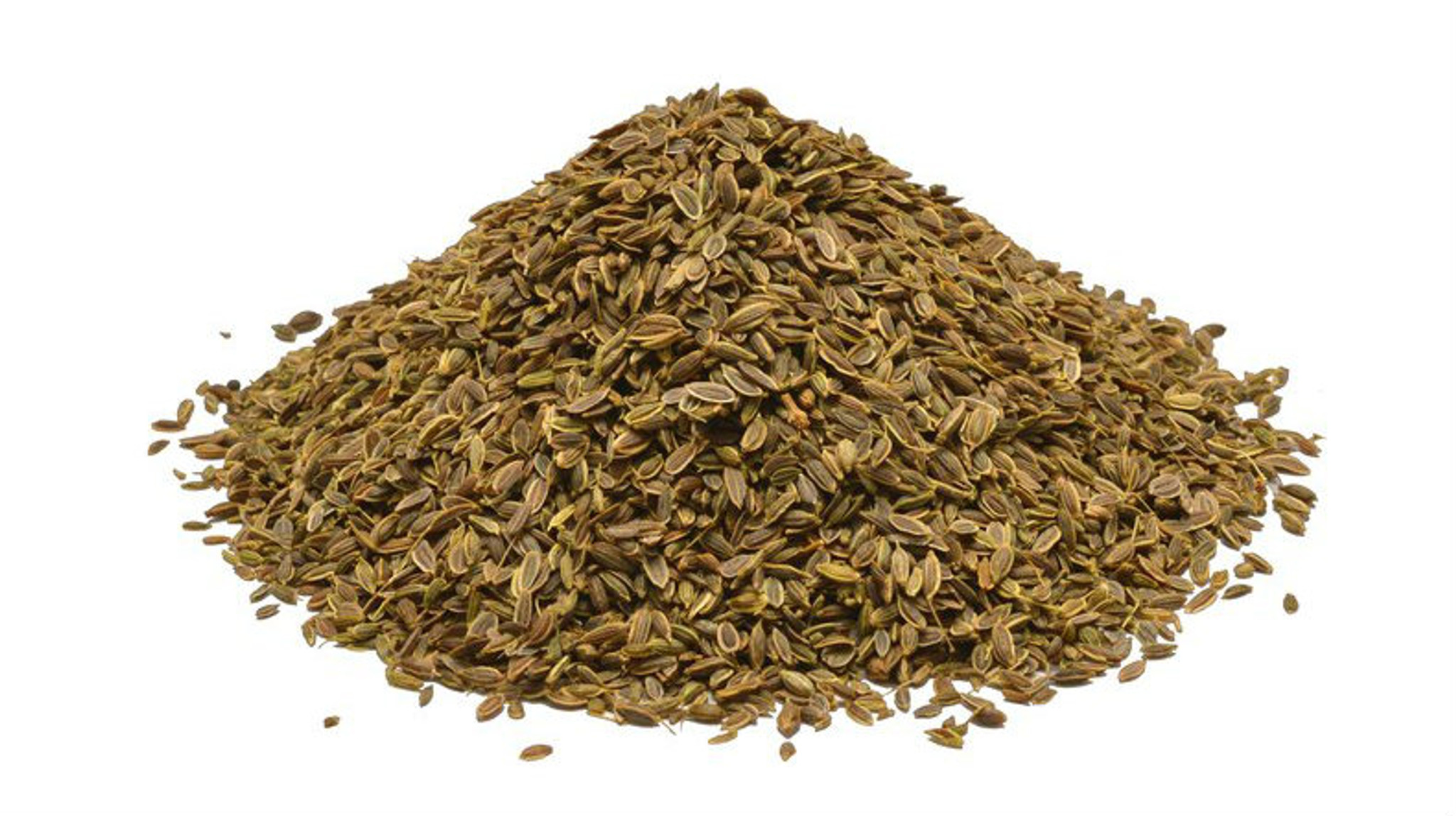
I mix in a good amount of organic matter or homemade compost before planting my seeds. Caring for Dill Fertilizerĭig in a general fertilizer a week or so before planting your seeds. Plant rows about 18 inches apart because dill can become quite bushy, especially the bigger varieties.

Watch out for slugs and snails at this early stage. Protect the young seedlings from any wind. Thin plants out after they mature for another 14 days. Within about 14 days you should see the plants push through the soil. Sow dill seeds about 1/4 inch deep when the soil is 60-70☏. Be aware dill is delicate when young and doesn’t transplant well. If that creates timing issues for you, get seedlings from your local nursery. Plant by Seedĭill works best when direct-sown into the garden, but because dill hates cold, you have to get the seeds in the ground in late spring or early summer. If you don’t want dill coming back, either snip it before the seeds form or plant it in a container. This is especially useful when you’re growing dill to use in pickling because you often need a lot of it all at once. Where to Plant Dillĭill is a self -seeding annual, so I have a designated ‘dill area’ where I allow the seeds to fall to the ground and germinate each year. Plant dill in the garden in the spring or early summer when the soil is about 60-70☏.
#DILL SEEDLINGS FREE#
Dill likes free draining, loose, moderately fertile soil. Plant in loamy soil with a pH of 5.5 to 6.5.
#DILL SEEDLINGS FULL#
In cooler areas, plant in full sun so the seeds germinate, and the plant gets enough warmth. Plant in full sun with some partial shade in the peak heat of the day in hotter areas. Dill won’t survive even the shortest freeze, but it also doesn’t like sweltering heat. In zones 8-11, it works better as a winter crop.
#DILL SEEDLINGS HOW TO#
How to Grow Dill Zonesĭill grows in zones 3-7 as a summer annual. Hercules has tough leaves so pick them young.

This variety takes longer to flower than other types so, you can pick the leaves longer. If you need ample amounts of dill leaf for cooking, this is the plant for you. Delikatĭelikat has a lot of dense foliage. Mammoth by name and nature, this variety will grow up to five feet in height, which makes it especially useful when you have plenty of space and want a lot of dill. This is another good one to plant in a container. Dukatĭukat is smaller than other dill plants, but not technically a dwarf. If you live in a hot climate, this is the one to plant. Vierling takes longer to bolt than other types of dill so you can pick the leaves longer into the season. I have had particularly good results with growing fernleaf in a container.

Ideal if you don’t use much dill or if you have limited space in the garden. Fernleafįernleaf is a dwarf variety that grows no higher than 18 inches. It’s early to flower and has big blossoms that turn into substantial seed heads. Bouquet is the most popular dill to plant because it has pungent leaves and seeds.


 0 kommentar(er)
0 kommentar(er)
